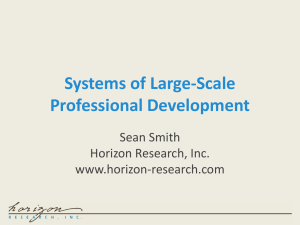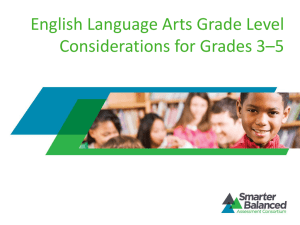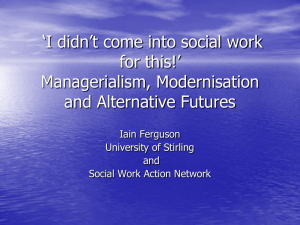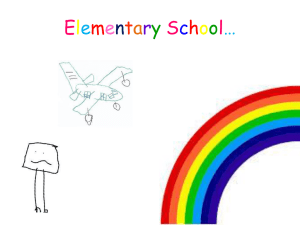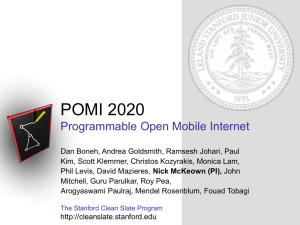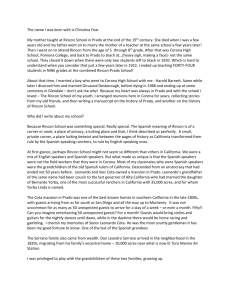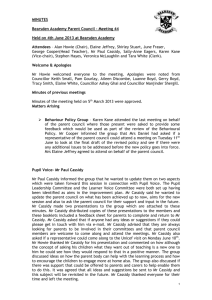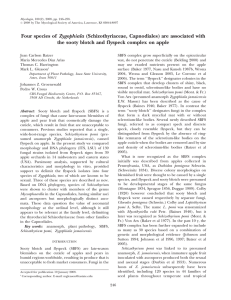Making Math Count in the Community
advertisement
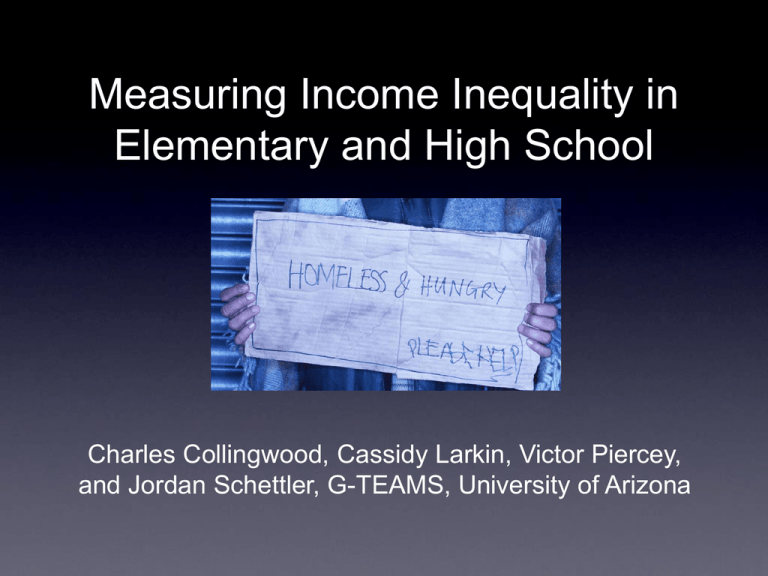
Measuring Income Inequality in Elementary and High School Charles Collingwood, Cassidy Larkin, Victor Piercey, and Jordan Schettler, G-TEAMS, University of Arizona Who are We? • Charles Collingwood: Stats, Precalculus, and AP Calculus Teacher at Rincon High School. • Jordan Schettler: Math Ph.D. Student at University of Arizona. Who are We? • Cassidy Larkin: Fifth Grade Teacher at McCartney Ranch Elementary School • Victor Piercey: Math Ph.D. Student at University of Arizona. GK-12 program housed in the UA Math Department. G-TEAMS stands for Graduate Students and Teachers Engaging in Mathematical Sciences. McCartney Ranch Elementary Located in Casa Grande, AZ. 1 of 9 elementary schools in the District. High population of English Language Learners. Increasing population of “exceeds” math students. Title I school with about 650 students, about 70% of students are receiving free/reduce lunch rates. Income Inequality Data Analysis Each table has a piece of paper with some data and a sheet of graph paper. Make a graph (bar, line, circle, etc.) to represent this data. Identify any features or trends your graph illustrates. Using Excel In the computer lab, students learned rudiments of Excel. For example, they: (i) entered data; (ii) used auto-sum; (iii) entered formulas; and (iv) made various types of graphs. Is $20,000 per year a lot? Fifth grade students analyzed a monthly budget for local expenses. Income Distribution in 2009: Sample One Income Distribution in 2009: Sample Two Income Distribution 1969-2009: Sample One Income Distribution 1969-2009: Sample Two Poverty Rates: 1969 – 2009 Sample One Poverty Rates: 1969 – 2009 Sample Two Sample Responses to Questions Question: Look at your graph and describe why some people say that “the rich are getting richer and the poor are getting poorer.” Response: Because the bottom goes down and the top goes up. Response: Because throughout the years the top 5 starts and is getting a larger increase than the bottom 20. Sample Responses to Questions Question: What do you think can be done in order to make this line graph (for poverty rates) decrease between 2009 and 2014? Response: I think we could help the homeless and hungry get money. Response: More people should leave the United States. Standards Collect, record, organize and display data. Formulate and answer questions by interpreting displays of data. Describe patterns of change. Summarize mathematical information. Reflections The real-world application along with the use of real world data was a great motivator for students! Some students who had been previously unengaged became enthusiastic. The context led to student “buy-in”. When brought back to first principles and properly motivated, young students can understand fairly complicated concepts. This type of activity is very difficult to fit within every-day teaching constraints. Reflections (continued) Students tended to not think about meaning after they finished making the graph. Some students didn’t understand that they had to read their instructions in order to know what to do next. Some students had trouble understanding when to use their instructions and when to use their data sheet. Rincon High School Located in Tucson, AZ 1 of 22 high schools in TUSD Rincon qualifies as Title I, but is not receiving funding Demographics: 48.5% Hispanic, 34.1% White, 9.0% African American, 6.7% Asian American, 1.3% Native American, 0.4% Multi Significant % of free/reduced lunch Mathematical Practices in the New Common Core Standards 1. Make sense of problems and persevere in solving them. 2. Reason abstractly and quantitatively. 3. Construct viable arguments and critique the reasoning of others. 4. Model with mathematics. 5. Use appropriate tools strategically. 6. Attend to precision. 7. Look for and make use of structure. 8. Look for and express regularity in repeated reasoning. Interpolating Lorentz Curves The Gini Coefficient G Computing Gini Coefficients Point of Maximal Inequality (POMI) Point of Maximal Inequality (POMI) The POMI is a min of L(x) - x Tracking the POMI Discussion In most schools today, teachers have constraints. Curriculum calendars and scripted curricula do not leave students with the opportunity to have in depth exploration time. Are we producing tomorrow’s problem solvers? What kinds of ideas do you have that could turn into a possible project that relates to real world problems, yet that have fidelity to school districts? ELEMENTARY: LEFT SIDE OF ROOM. MIDDLE AND HIGH: RIGHT SIDE.
